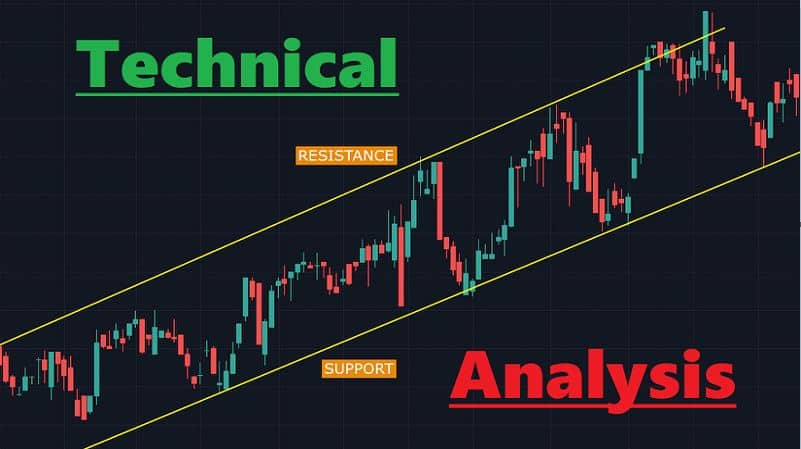Technical Analysis (TA) is a powerful tool for navigating the complex world of financial markets. However, even seasoned traders can fall prey to common mistakes that may compromise the effectiveness of their analysis. In this comprehensive guide, we delve into eight prevalent errors in Technical Analysis, shedding light on how to recognize and avoid them.
1. Ignoring the Fundamentals
One of the primary blunders in Technical Analysis is neglecting fundamental analysis. While TA focuses on price patterns, trends, and indicators, understanding the underlying factors that drive market movements is crucial. Ignoring economic indicators, news events, and corporate developments can lead to incomplete analyses and missed opportunities.
2. Overlooking Timeframes
Technical analysts often use multiple timeframes to gain a comprehensive view of market trends. The mistake lies in fixating on a single timeframe without considering the broader context. Ignoring higher timeframes may result in overlooking significant trend reversals or failing to identify key support and resistance levels.
3. Chasing the Trend
While identifying trends is a fundamental aspect of TA, blindly chasing trends can lead to substantial losses. FOMO (Fear of Missing Out) often drives traders to enter positions late in a trend, increasing the risk of a reversal. Proper risk management and waiting for favorable entry points are essential to avoid falling into this common trap.
4. Relying Solely on Technical Indicators
Technical indicators play a vital role in TA, but relying exclusively on them without considering other factors can be a mistake. Indicators are derived from historical price data and may lag behind current market conditions. Combining indicator analysis with other aspects of TA and fundamental analysis provides a more holistic view.
5. Disregarding Risk Management
Neglecting risk management is a critical error that can lead to significant financial losses. Traders should define their risk tolerance, set stop-loss orders, and diversify their portfolios. Ignoring risk management principles may result in catastrophic consequences, especially in volatile markets.
6. Falling Victim to Confirmation Bias
Confirmation bias occurs when traders interpret information in a way that confirms their pre-existing beliefs. This bias can lead to selective perception and the dismissal of contrary signals. To mitigate confirmation bias, traders should remain open-minded and consider alternative perspectives in their analysis.
7. Neglecting Backtesting
Backtesting is a crucial step in evaluating the effectiveness of a trading strategy. Failing to backtest strategies with historical data can lead to the adoption of ineffective approaches. Traders should thoroughly test their strategies across various market conditions to assess their viability.
8. Emotional Decision-Making
Emotions can cloud judgment and lead to impulsive decision-making. Greed and fear are powerful emotions that can influence traders to deviate from their strategies. Implementing a disciplined approach, maintaining emotional control, and sticking to a well-defined trading plan are essential for success in Technical Analysis.
Conclusion: The Path to Proficiency
Technical Analysis is a nuanced discipline that demands precision and a keen understanding of market dynamics. By steering clear of these common mistakes, traders can enhance the accuracy of their analyses and make more informed decisions. Whether you're a novice or an experienced trader, recognizing and avoiding these pitfalls is integral to mastering the art of Technical Analysis.

